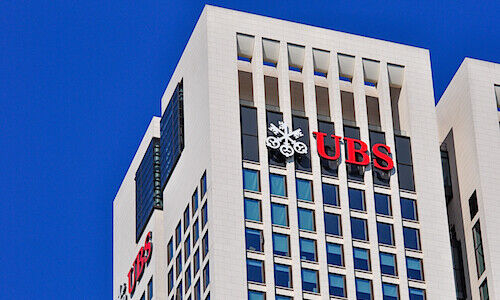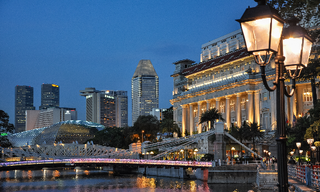UBS: Buy «Succession Dip» to Boost Long-Term Gains
Although family businesses are more profitable than their non-family counterparts in the long run, share price volatility tends to increase around the succession period. This is a good opportunity to buy the dip before a rebound, according to a report by UBS’ investment banking arm.
Compared to businesses not owned by families, family-owned ones in Asia are more profitable and deliver an average of 212 basis points higher return on invested capital (ROIC) in the long run, according to a report by UBS Investment Bank. Over a 20-year period, the outperformance gap averages 96 basis points annually. Nonetheless, investors still have concerns, specifically regarding succession.
«The outstanding performance of family businesses captures investors’ interest but they are also worried that share prices will underperform around succession when leadership changes occur,» said Karen Hizon, APAC equity strategist, UBS Investment Bank.
Volatility During Transition
When examining 170 companies across even markets in Asia over the last 20 years, the report found that family-owned companies’ shares underperformed in the first two years after succession. Transition from the first generation tends to be the most volatile while turbulence was lower when leadership change involved non-family executives. But three years after the transition, stock prices rebounded.
«Buying into this weakness, or ‘succession dip’, could enhance long-term returns for investors,» the report said. «Even though challenging transitions could result in loss of competitive position and a decline in profitability in some cases, there is no clear link between succession and ROIC trends for family businesses in Asia in general.»
$1 Trillion Market
The issue of succession is particularly relevant in Asia because half of the family-owned businesses in the region are set to undergo this process. They represent $1 trillion of free float market cap and 18 percent of the MSCI Asia ex-Japan Index.
By market, China is the leading origin of family-owned businesses, accounting for 41 percent of total market cap. This is followed by India (19 percent), Korea (13 percent) and Hong Kong (9 percent).



























